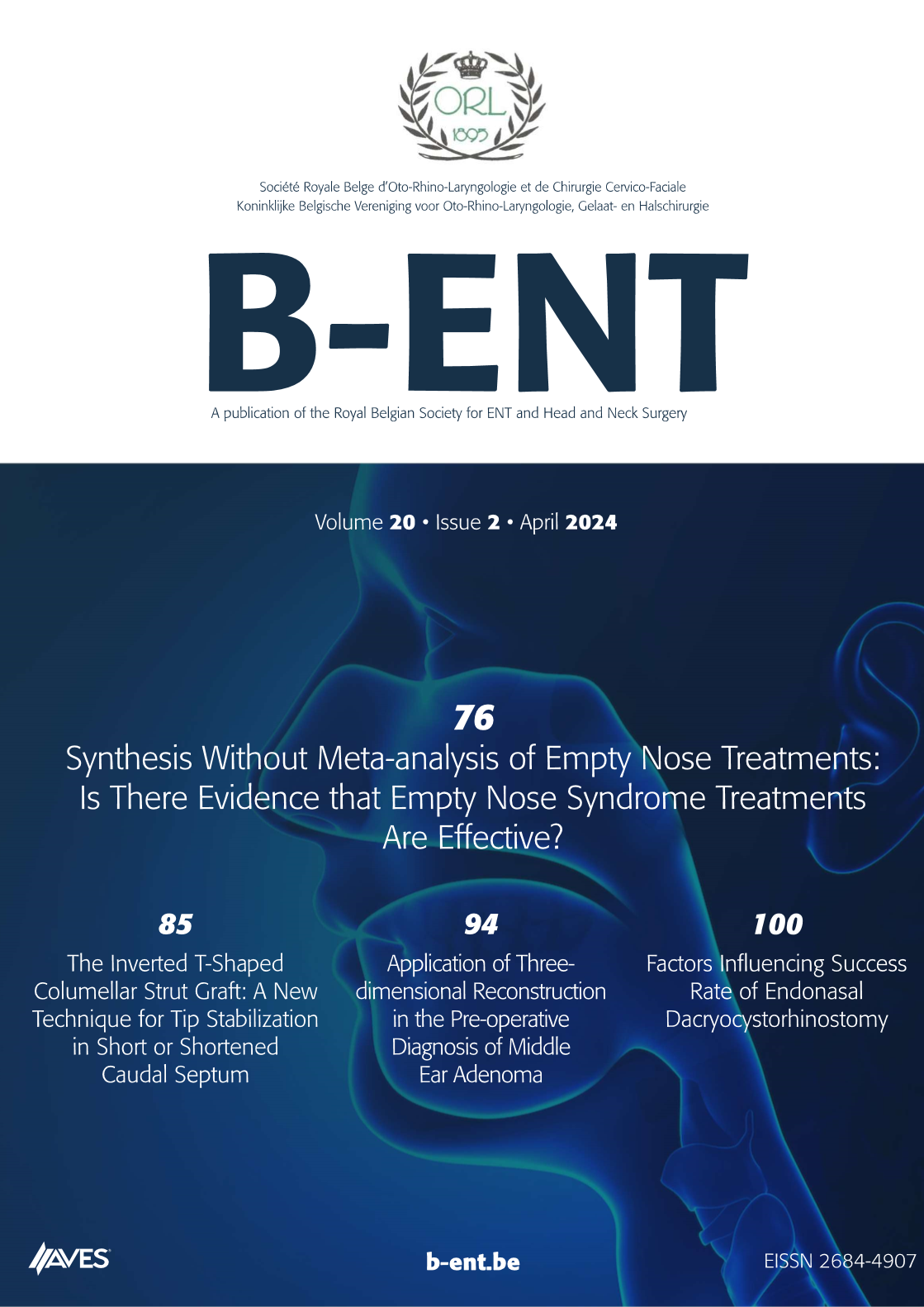Transoral robotic surgery in head neck cancer management. Head and Neck cancer can be treated by nonsurgical or surgical modalities. Current surgical techniques include open surgery and transoral resections. The latter have the distinct advantage of quicker recovery and reduced hospital stay. The further down the aerodigestive tract tumours are sited, the more difficult is the transoral access, requiring techniques that combine magnification and finer instrumentation. Thus, while oral cavity tumours can be removed transorally without special equipment, the need to address oropharyngeal and laryngeal cancers led to the evolution of transoral laser microsurgery. Transoral robotic surgery (TORS) improves the visualisation, the instrumentation and the ergonomics in transoral resections and is also used primarily in the treatment of oropharyngeal and laryngeal cancer. Current evidence suggests that the oncologic and functional outcome of TORS surgery is good as speech and swallowing mechanisms are better preserved. This review will provide the reader an insight into the role of TORS in head and neck practice.



.png)
